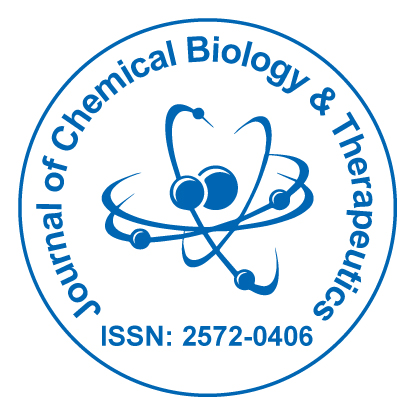Implication of Quinazoline-4(3H)-ones in Medicinal Chemistry: A Brief Review
Received Date: Oct 16, 2015 / Accepted Date: Nov 15, 2015 / Published Date: Nov 22, 2015
Abstract
Quinazoline, a heterocyclic compound, has been extensively studied and used in certain specific biological activities. The quinazoline-4(3H)-one and its derivatives constitute an important class of fused heterocycles that are found in more than 200 naturally occurring alkaloids. With passage of time, newer and more complex variants of the quinazolinone structures are being discovered. The stability of the quinazolinone nucleus has inspired researchers to introduce many bioactive moieties to this nucleus to create new potential medicinal agents. With a view to explore the versatile lead molecule 4(3H)-quinazolinones, a series of novel 2-methyl-3-(1’3’4-thiadiazole-2- yl)-4-(3H) quinazolinones have been synthesized by reacting 2-amino-5-aryl/alkyl-1’3’4’-thiadiazoyl with 2-substituted benzoxazin-2-one. The designed compounds have shown antibacterial activity on Staphylococcus aureus, Bacillus subtilis and Escherichia coli. In the journey of a compound to be established as a lead and finally to a drug, the problem of solubility is a major challenge for medicinal chemists and formulation scientists. The present review has touched all these issues with a hope that some of the quinazoline derivative with sufficient bioavailability could help us to counter the menace of antibiotic resistance.
Keywords: Quinazoline-4-(3H)-ones; Heterocycles; Antibiotic resistant; ADMET
Citation: Tiwary BK, Pradhan K, Nanda AK, Chakraborty R (2015) Implication of Quinazoline-4(3H)-ones in Medicinal Chemistry: A Brief Review. J Chem Biol Ther 1: 104. Doi: 10.4172/2572-0406.1000104
Copyright: © 2015 Tiwary BK, et al. This is an open-access article distributed under the terms of the Creative Commons Attribution License, which permits unrestricted use, distribution, and reproduction in any medium, provided the original author and source are credited.
Share This Article
Open Access Journals
Article Tools
Article Usage
- Total views: 25999
- [From(publication date): 1-2016 - Jan 30, 2025]
- Breakdown by view type
- HTML page views: 23842
- PDF downloads: 2157
